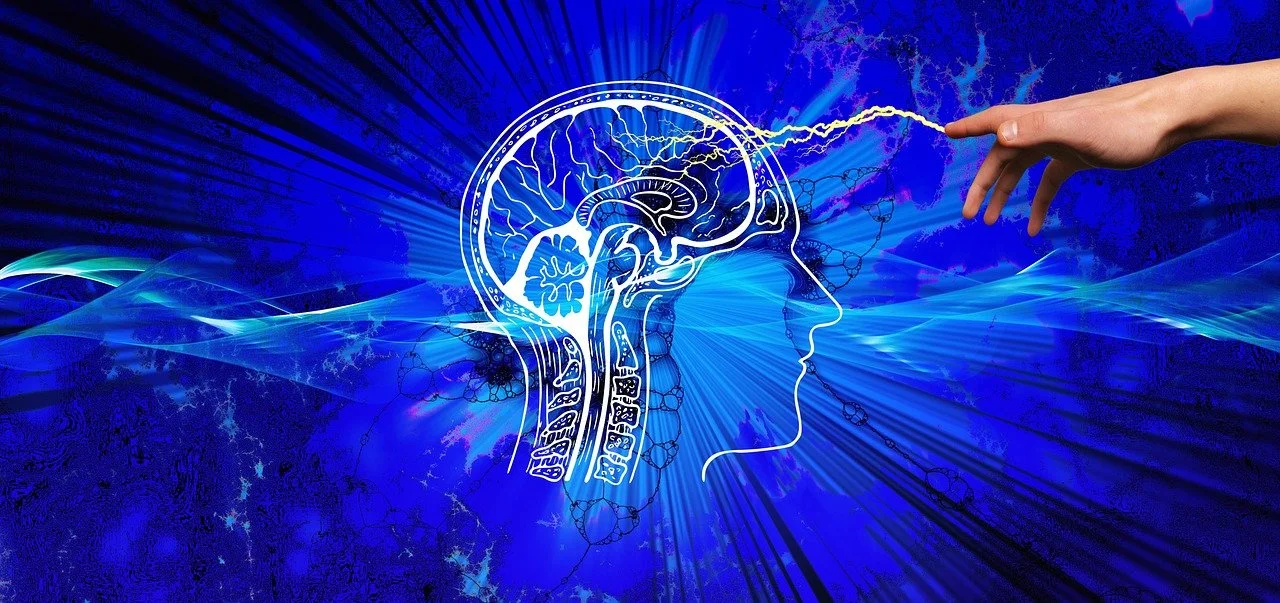Hacking Your Hippocampus
Written by: Vikram Lapsiwala | Edited by: Ruby Lee | Image by: Gerd Altmann
Have you ever spent countless hours studying, turning textbook pages, and thinking you were about to ace your exam, just to forget everything you covered by the next day? If so, you are not alone, as this seems to be a recurring issue for college students across the globe. The problem is that the common study habits, such as cramming or passively reviewing, are shockingly inefficient as they conflict with your brain’s natural learning processes. Effective learning is achieved not just through sheer effort or time spent, but through evidence-based strategies that align with the neuroscience of attention, memory, and distraction.
Our brain’s attention system is in a constant game of tug-of-war with itself, fighting between two different competing networks. As described by the Journal of the Indian Institute of Science, these are the top-down and bottom-up networks. The top-down network is your goal-oriented network that focuses on things along the lines of problem-solving, such as doing math problems. The bottom-up network is your stimulus-driven network that has its attention caught by novelty. This is the network that lets our focus shift. When the bottom-up system activates, it hijacks attention from the top-down system, pulling away our focus.
This internal conflict between top-down and bottom-up attention systems explains why multitasking is a destructive myth. As helpful as it would be, the brain cannot perform two cognitively demanding tasks at once. Instead, it rapidly and inefficiently switches between them, in a process known as “task-switching.” Research from the American Psychological Association has shown that constantly toggling between studying and checking your phone can waste up to 40% of the time that you spend being productive. Further, switching tasks not only leads to more errors and less compensation, but it can also prevent your hippocampus, the part of the brain that is crucial for learning, memory, and spatial navigation, from properly encoding what you are studying into long-term information storage, according to Adam Gazzaley, a neuroscientist at the University of California, San Francisco, in an interview with NPR.
Modern technology makes this problem even worse. Many digital tools may seem like they are perfectly engineered to exploit our brains’ weaknesses. Notifications, likes, and buzzing alerts constantly trigger the brain’s reward system. Samuel Veissiere, an anthropologist and a cognitive scientist at McGill University, said that each buzz carries the potential of a social or informational reward, which releases dopamine and trains the brain to crave more stimulation.
Over time, this leads to the state of “continuous partial attention”, a term coined by researcher Linda Stone and described in PsyJournals. This fragmented state of mind makes it increasingly difficult to engage in deep, sustained focus, further sabotaging our learning efforts.
Although it may seem like your brain is working against you, neuroscience can provide the solutions to these issues as well. By following scientifically proven study strategies, you can improve the way you study. As stated by the Exams and Revision Board at Birmingham City University, active recall, the practice of retrieving information from memory, is one of the most powerful study methods. This process tells your brain that what you are doing is important, which strengthens connections. Active recall can be practiced through self-quizzing, using flashcards, or explaining concepts out loud without looking at notes.
Another highly effective strategy, also discussed by the Exams and Revision Board at Birmingham City University, is spaced repetition. Spaced repetition is based on psychologist Hermann Ebbinghaus’s “Forgetting Curve,” which states that humans naturally forget information over time, but revisiting material at systematically increasing intervals strengthens long-term retention. This approach eliminates the need to cram before exams. A structured approach like the “2-3-5-7 method” (reviewing material after 2 days, 3 days, 5 days, and 7 days) can make this technique even more effective.
Finally, as reported by the Science of Learning, the practice of interleaving is the third evidence-based study recommendation. Interleaving is the practice of mixing related topics within a study session. Instead of spending three hours on a single subject, it is better to rotate between three related topics for an hour each. This technique makes your brain work harder to navigate between different concepts, strengthening your understanding and promoting flexible knowledge that can be applied in more contexts.
Ultimately, hacking your hippocampus is not about finding shortcuts, but rather, about studying in ways that align with the natural design of your brain. By managing distractions, avoiding the trap of multitasking, and practicing active recall, spaced repetition, and interleaving, we can all elevate our learning experience. By working with your brain instead of against it, you will finally be able to study efficiently and build knowledge that lasts.
These articles are not intended to serve as medical advice. If you have specific medical concerns, please reach out to your provider.

